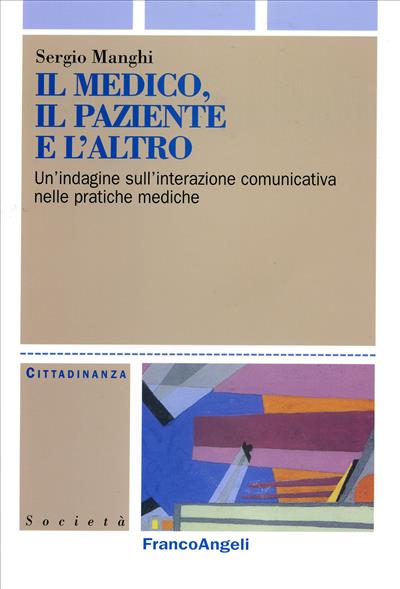
Cost-benefit analysis of colorectal cancer screeening: a mathematical model
Edizione a stampa
23,00
Edizione a stampa
23,00
Pagine: 136
ISBN: 9788820463106
Edizione: 1a edizione 1990
Codice editore: 535.18
Disponibilità: Discreta




